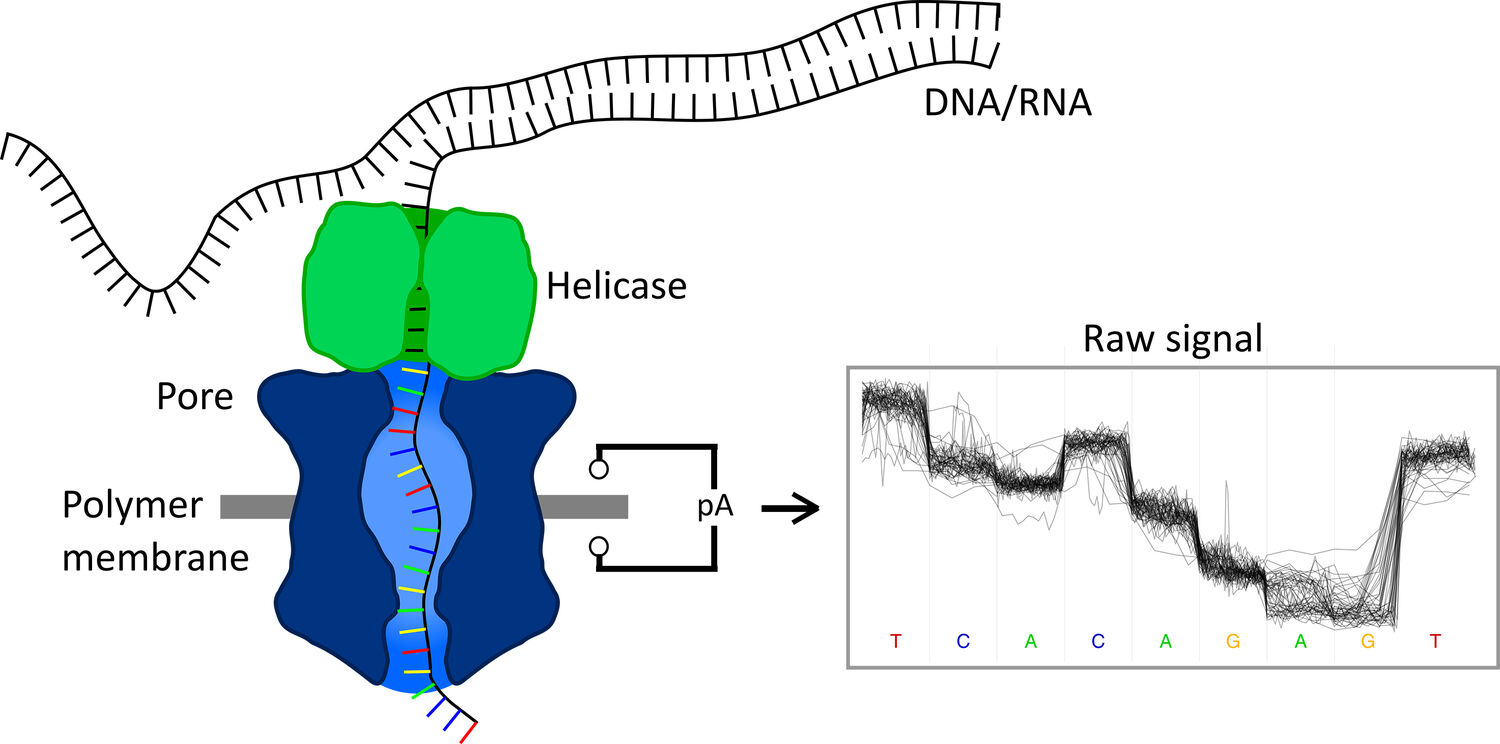Third-Generation Sequencing in Genome Analysis
What is Third-Generation Sequencing?
Third-generation sequencing, also known as long-read sequencing, refers to the latest advancements in DNA sequencing technologies that enable the analysis of single DNA molecules in real-time. Unlike previous generations of sequencing, which relied on the amplification and fragmentation of DNA, third-generation sequencing technologies can directly sequence long, continuous stretches of DNA, often tens of thousands of bases in length. This capability allows for the resolution of complex genomic regions, the identification of structural variations, and the phasing of genetic variants.

Key Features of Third-Generation Sequencing
Third-generation sequencing technologies offer several distinct features that set them apart from earlier sequencing methods:
Long Read Lengths
One of the defining characteristics of third-generation sequencing is the ability to generate ultra-long reads, often exceeding 10 kilobases (kb) in length. Some platforms, such as Oxford Nanopore Technologies, can even produce reads up to 1 megabase (Mb) or more. These long reads facilitate the assembly of complex genomes, the resolution of repetitive regions, and the identification of large-scale structural variations that are difficult to detect with short-read sequencing.
Single-Molecule Sequencing
Third-generation sequencing technologies directly sequence individual DNA molecules without the need for amplification. This single-molecule approach minimizes the introduction of biases and errors associated with PCR amplification, providing a more accurate representation of the original DNA sample. It also enables the detection of base modifications, such as methylation, which are important for epigenetic studies.
Real-Time Sequencing
Many third-generation sequencing platforms, such as Pacific Biosciences' Single Molecule Real-Time (SMRT) sequencing and Oxford Nanopore Technologies' nanopore sequencing, allow for the real-time observation of DNA synthesis or translocation. This real-time capability enables rapid data generation and the potential for on-site or field-based sequencing applications.
Third-Generation Sequencing Platforms
Several commercial platforms have been developed for third-generation sequencing, each with its unique technology and advantages:
Pacific Biosciences (PacBio)
PacBio's SMRT sequencing technology uses a specialized chip containing millions of zero-mode waveguides (ZMWs), each housing a single DNA polymerase enzyme. As the polymerase incorporates fluorescently labeled nucleotides during synthesis, the resulting fluorescent signals are detected in real-time, allowing for the determination of the DNA sequence. PacBio's long read lengths and high consensus accuracy make it well-suited for de novo genome assembly and the identification of complex structural variations.
Oxford Nanopore Technologies (ONT)
ONT's nanopore sequencing technology relies on the translocation of DNA molecules through protein nanopores embedded in a synthetic membrane. As the DNA passes through the nanopore, changes in the ionic current are detected, allowing for the determination of the DNA sequence. ONT's platforms, such as the MinION and PromethION, offer ultra-long read lengths, real-time data generation, and the flexibility of portable, USB-powered devices.
Applications of Third-Generation Sequencing
Third-generation sequencing has a wide range of applications across various fields of biology and medicine:
De Novo Genome Assembly
The long read lengths generated by third-generation sequencing technologies facilitate the de novo assembly of complex genomes, including those with high repeat content or large structural variations. This capability is particularly valuable for the study of non-model organisms, the characterization of novel species, and the generation of high-quality reference genomes.
Structural Variation Analysis
Third-generation sequencing enables the identification and characterization of large-scale structural variations, such as insertions, deletions, inversions, and translocations. These variations play crucial roles in human genetic diversity, disease susceptibility, and evolution. Long-read sequencing can also resolve complex regions, such as segmental duplications and tandem repeats, which are challenging to analyze with short-read technologies.
Epigenetic Profiling
The single-molecule nature of third-generation sequencing allows for the direct detection of base modifications, such as DNA methylation and hydroxymethylation. These epigenetic marks are important regulators of gene expression and are implicated in various biological processes and diseases. Third-generation sequencing enables the genome-wide mapping of epigenetic modifications at single-base resolution.
Full-Length Transcript Sequencing
Third-generation sequencing technologies can sequence full-length transcripts, including alternative splicing isoforms and fusion transcripts, without the need for assembly. This capability provides a more comprehensive view of the transcriptome, enabling the discovery of novel isoforms, the quantification of transcript abundance, and the identification of gene fusions in cancer.
Challenges and Future Perspectives
Despite the remarkable advantages of third-generation sequencing, several challenges remain. The higher error rates associated with single-molecule sequencing require the development of robust computational methods for error correction and consensus calling. The relatively higher cost per base compared to short-read sequencing can limit the scalability and adoption of third-generation technologies for certain applications.
Future developments in third-generation sequencing aim to further improve read lengths, accuracy, and throughput while reducing costs. The integration of third-generation sequencing with other technologies, such as single-cell sequencing and spatial transcriptomics, will provide unprecedented insights into the complexity and heterogeneity of biological systems. As third-generation sequencing technologies mature and become more accessible, they are poised to revolutionize our understanding of genomes, transcriptomes, and epigenomes across a wide range of organisms and applications.
Further Reading
Translational Pediatrics, The third generation sequencing: the advanced approach to genetic diseases
NAR Genomics and Bioinformatics, The long and the short of it: unlocking nanopore long-read RNA sequencing data with short-read differential expression analysis tools
Nature Reviews Genetics, Long-read human genome sequencing and its applications
